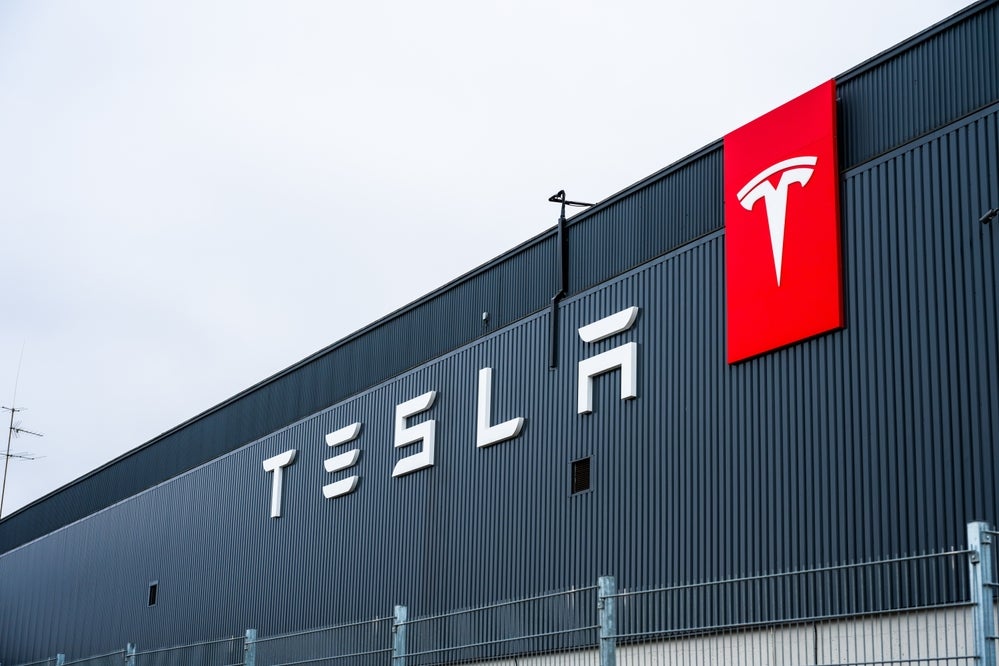Tesla’s Extended Memorial Day Break Sparks Questions Amid Delivery Decline
In an unexpected move, Tesla extended its Memorial Day factory shutdown by an additional day, idling workers as the electric vehicle (EV) giant faces a 13% year-over-year delivery drop and swelling inventory. The extended break, affecting U.S. production facilities from May 27-28, comes amid slowing demand and intensifying competition, leaving analysts and employees questioning Tesla’s next steps in a cooling EV market.
Production Pause Reflects Broader Challenges
Tesla’s decision to halt production for an extra day follows its weakest quarterly delivery performance since 2022. The company reported 386,810 vehicle deliveries in Q1 2024—a sharp decline from 443,956 in Q1 2023. Inventory levels have simultaneously ballooned to 28 days’ worth of supply, nearly double the 15-day industry average for automakers.
“This isn’t just a routine shutdown—it’s a red flag,” said automotive industry analyst Miranda Chen of Bernstein Research. “When a company with Tesla’s growth ambitions starts extending holidays, it signals either serious demand issues or a strategic pivot in progress.”
Workers at Tesla’s Fremont factory expressed mixed reactions:
- Some welcomed the paid time off after months of accelerated production cycles
- Others worried about potential layoffs if demand doesn’t rebound
- Several technicians reported reduced overtime opportunities in recent weeks
Investors Weigh Short-Term Pain Against Long-Term Strategy
Tesla’s stock (TSLA) dipped 2.3% following the shutdown news, continuing a 32% year-to-date decline. The extended break coincides with CEO Elon Musk’s aggressive cost-cutting measures, including:
- 10% global workforce reduction announced in April
- Delayed construction of a Mexico gigafactory
- Scaling back of Supercharger network expansion
“Tesla is clearly entering a new phase,” noted Raymond James equity analyst Tom Wilkins. “After years of prioritizing growth at all costs, they’re now facing the reality of a maturing EV market. This shutdown might buy them time to recalibrate production with actual demand.”
The company’s inventory glut appears concentrated in Model 3 and Model Y vehicles, with some dealerships reporting 2023 models still unsold. Meanwhile, Cybertruck production continues at a measured pace, with Tesla acknowledging “significant challenges” in scaling manufacturing of the angular stainless-steel vehicle.
What Tesla’s Extended Break Means for the EV Sector
Industry observers see Tesla’s production adjustment as a bellwether for broader EV market trends. U.S. EV sales growth slowed to just 3.3% in Q1 2024 compared to 48% growth in Q1 2023, according to Cox Automotive data. Contributing factors include:
- High interest rates making car loans more expensive
- Consumer preference for hybrid vehicles as a transition technology
- Increased competition from legacy automakers’ EV offerings
“Tesla isn’t immune to macroeconomic forces,” said Consumer Reports auto analyst Jessica Caldwell. “Their first-mover advantage is eroding as Ford, Hyundai, and GM offer compelling alternatives at similar price points.”
Workforce Implications and Labor Relations
The extended shutdown raises questions about Tesla’s relationship with its 140,000 global employees. United Auto Workers (UAW) president Shawn Fain seized on the news, stating: “Tesla workers deserve stability and a voice in these decisions. Temporary shutdowns without transparency create unnecessary anxiety.”
While Tesla factories remain non-unionized, labor experts note growing dissatisfaction:
- Production staff report increased performance monitoring
- Some engineers cite pressure to deliver on autonomous driving promises
- Recent layoffs eliminated entire departments, including Tesla’s public policy team
Musk has framed workforce reductions as necessary for “next growth phase,” but employees describe mixed messages about company priorities.
The Road Ahead: Tesla’s Strategic Crossroads
Analysts identify three potential paths for Tesla following this production pause:
- Demand Stimulation: Aggressive price cuts or new financing options to clear inventory
- Product Refresh: Accelerated updates to aging Model 3/Y designs
- Strategic Shift: Pivot toward AI/robotics initiatives like Optimus and Full Self-Driving
Wedbush Securities’ Dan Ives suggests: “Tesla needs a Model 2 announcement before year-end. The mass-market $25,000 vehicle could reignite growth, but delays risk ceding the affordable EV space to Chinese competitors like BYD.”
Meanwhile, Tesla’s energy storage business shows promise, with Megapack installations growing 132% year-over-year. Some investors argue this division could eventually surpass automotive revenues.
Key Takeaways for Stakeholders
As Tesla navigates this transitional period, stakeholders should monitor:
- June delivery estimates for signs of demand recovery
- August 8th AI Day announcements regarding product roadmap
- Q2 earnings call commentary on inventory management
For workers, the extended break may offer temporary respite but underscores job security concerns in an evolving auto landscape. Investors face tough decisions about whether Tesla remains a growth stock or transitions to a value play.
The EV pioneer’s next moves will test Musk’s ability to steer Tesla through its most challenging period since the Model 3 production hell of 2018. One thing seems certain: the days of effortless demand for Tesla vehicles have ended, requiring smarter strategies in an increasingly crowded electric vehicle market.
What’s your perspective on Tesla’s direction? Share your thoughts on whether this production pause signals temporary adjustment or deeper structural issues.
See more Business Focus Insider Team

